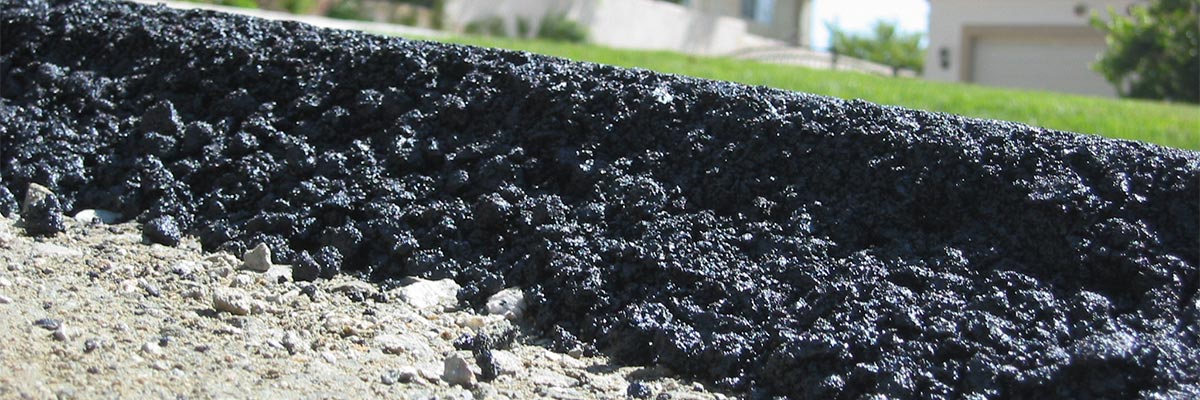Frequently Asked Questions
AMS Paving will provide you with a detailed estimate, attend job walks, deliver presentations, and ensure all your project needs are met–free of charge.
- AMS Paving services all of Southern California.
- AMS Paving operates in the Coachella Valley, Los Angeles, Imperial, Orange, Riverside, San Bernardino and San Diego counties.
AMS Paving handles many different types of projects, from small patches to full removal and replacement of all asphalt. Our customer base is extensive and includes a wide variety of industries:
- Homeowner’s Associations
- Hotels
- Banks, Malls and Shopping Centers
- Schools, Colleges and Universities
- Resorts/Spa’s, Country Clubs and Leisure Entertainment
- Transportation Facilities
- Hospitals
- Property Management Companies
- Apartments
- Churches
The cost of crude oil determines the price of asphalt and other petroleum-based products.
Regular maintenance is recommended to protect the surface from deteriorating, slow the pavement from cracking, and maintain the aesthetics of your property. Regular maintenance includes: sealing all cracks that are generally a ¼” or wider, repairing eroded areas with a new layer of asphalt, or replacing areas that have completely failed. A seal coat should be applied approximately every 3 – 4 years depending on the wearing of the surface.
As the ultra violet rays from the sun break down the oils in the surface of the asphalt, it begins to take on a dry, grey appearance. Eventually, without seal coat, the asphalt will completely oxidize and become brittle.
Seal coating is a process used to maintain your existing asphalt and slow the deterioration. During seal coating, the product is applied wet and spread with a squeegee for proper coverage.
Resurfacing is the process of adding a new layer of asphalt over worn or cracked asphalt; this covers up any worn or cracked areas. However, cracks will reflect through the resurfacing process over time and will be immediately visible through the seal coat.
Seal coating has multiple beneficial effects, some of them are:
- Providing a cost effective option to increase the life of your asphalt
- Preventing water penetration
- Slowing the effects of oxidation
- Creating a uniform color and appearance for all paved surfaces
Proper maintenance of cracks will greatly increase the longevity of your asphalt. Water will seep through open cracks in your asphalt and cause failures; any cracks wider than 1 inch should be sealed with hot mix asphalt. Smaller cracks can be sealed with hot rubberized crack filler.
No, seal coat will not fill in cracks completely. It is recommended that surface cracks are sealed with asphalt or hot rubberized crack seal prior to seal coating as these sealed cracks will still be visible through the seal coat. In some cases, the area has deteriorated beyond the benefits of crack sealing and asphalt replacement or resurfacing will be needed.
It is recommended that new asphalt cures for 90-120 days prior to seal coat.
There are multiple causes for potholes, some being:
- The asphalt was laid too thin
- The asphalt was not compacted properly
- The base material was not compacted properly
- Water erosion has caused a void beneath the asphalt
- Unstable foundation or poor soil conditions
- Removal and replacement consists of removing and disposing of the existing asphalt and repaving the area with new asphalt. Typically, a removal and replacement is necessary when an asphalt surface has failed beyond the point where it can be salvaged. It is not uncommon to replace and compact the base material below the asphalt at that time if the foundation is unstable.
- Skin patching or overlaying is the use of fine asphalt mixtures to patch areas where only a thin layer of asphalt is necessary or desired. The fine mix asphalt is usually used to fill low areas where water pools and doesn’t drain or worn areas that need to be patched. This application is typically bid as part of a larger project for those small areas that need to be brought up to grade or patched.
Pulverizing your asphalt is the process of breaking down the existing asphalt pavement and blending it with the native soil. This process increases the strength of the base material which will lead to a stronger structural integrity.
Yes, in most cases asphalt can be recycled. In our continued efforts to “Go Green,” we recycle asphalt every time possible. This process helps save our natural resources by re-using the old brittle asphalt as part of new asphalt mix. Recycling asphalt also helps reduce the cost in disposing of old asphalt, saving the customer money.
Yes, however, cracks transfer through the new surface rather quickly and it is not recommended. Concrete and asphalt expand and contract differently causing cracking.
There are many different causes for concrete cracking. The most common of these is related to the natural shrinkage of the concrete as it ages. Shrinkage cracking can be controlled or hidden by the use of proper jointing techniques. Tree roots also push up sections of concrete and the root must be removed to prevent the problem for reoccurring. Subgrade failure or extreme weight can also lead to concrete failure.

